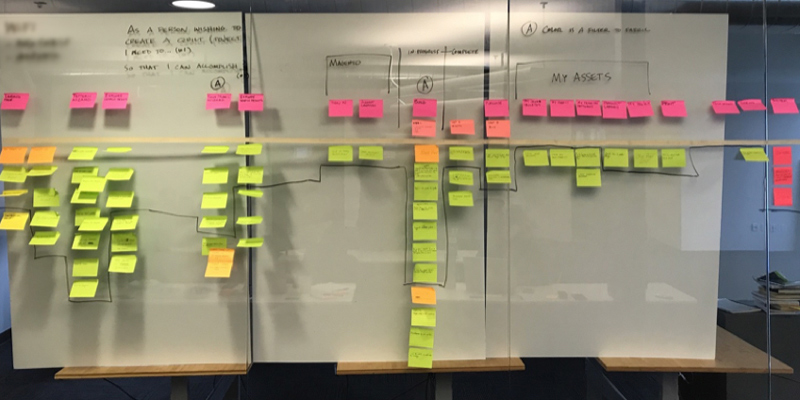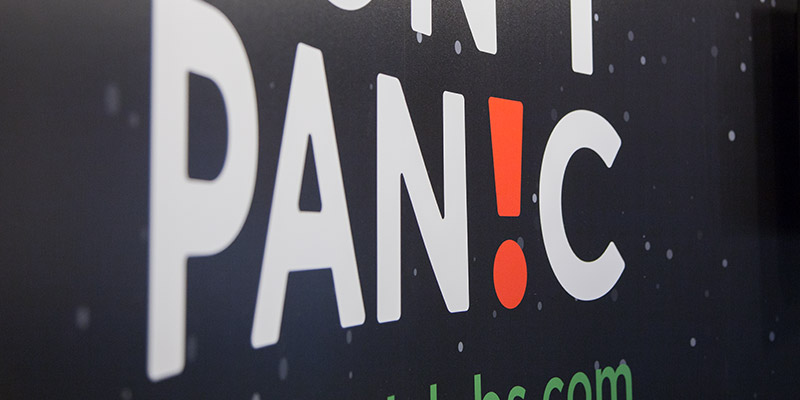Category: Design

My Favorite UX Books + Why (2025 Edition)
Nearly seven years ago, I published a blog post about my favorite user experience (UX) books. I figured it was time to revisit my list and share why these are my current favorites. Living with Complexity – Don Norman (2016), 308 pages Don Norman continues to be a thought provoking and grounding resource for me….
Read more…

What I’ve Learned So Far on My AI for UX Journey
Starting a learning journey is an exciting and transformative experience that, for me, was filled with a mix of emotions. The excitement comes from my great sense of curiosity–the thrill of discovering new things and the anticipation that comes with each step of that journey. The anticipation of mastering a new skill, gaining knowledge, and…
Read more…

Experience Design: Meeting Stakeholders Where They’re At
Communication is at the heart of designing and building software. When undertaking a software project, it’s often necessary to build a consensus around critical decisions with a group of stakeholders. At Don’t Panic Labs, we use communication and design techniques to co-create a shared understanding between a client’s stakeholders and our development team. It’s a…
Read more…

10 Rules for Providing a Good User Experience
I am not a designer, I don’t play one on TV, and I didn’t stay in a Holiday Inn Express last night. But over the years, I have developed some thoughts around UI / UX that have resulted in some basic “rules” to apply when building systems. While this set of rules is far from…
Read more…

Product Design Lifecycle, Part 2: Scope + Structure
One of the toughest and most critical steps of the product design lifecycle is the Scope definition stage. It also happens to be where so many people go wrong—roughly 29% of the projects get it right and succeed according to the Standish Group’s Chaos Report. Scoping isn’t something that you can spend a day doing…
Read more…

The Product Design Lifecycle, Part 1
Those who attended my Vogon Poetry talk on November 13 will notice that we’ve made a few changes to some of the visualizations that I shared. As with our software development processes, we take an iterative approach to just about everything that we do—reacting to feedback on our presentations being no exception. Overview At Don’t…
Read more…

My Favorite UX Books + Why
This is not my first list of user experience (UX) books that should be on your reading list, and to be honest, it won’t be my last. The reason why is simple: we’re always challenging and adjusting how we employ UX to our solutions. There are a lot of great books on UX out there….
Read more…

Choosing a UI Design Tool: Adobe XD
Ever since leaving my Mac (and my love affair with Sketch) and switching to a Surface Book 2, Adobe XD has been my go-to tool for wireframing and interactive prototyping. XD is currently Adobe’s only user experience design software. It supports light vector design, wireframing, and creating interactive click-through prototypes. I adopted Adobe XD during…
Read more…

Generating Print Graphics on the Web Using SVG
While redesigning our tradeshow booth, I needed an image of outer space. Google image search to the rescue, at least for a placeholder. After a few rounds of revisions, the design was nearly complete. But I was still using the placeholder star field. I could have bought a stock image, found a free one to…
Read more…

CSS Grid Layout: The Future is Now
Over the history of the web, there have been a number of different ways in which we laid out content. From the earliest days when we had plain ol’ markup, through the HTML tables and spacer gif era, past the float and clearfixes, and up to today where we can use flexbox and get support…
Read more…